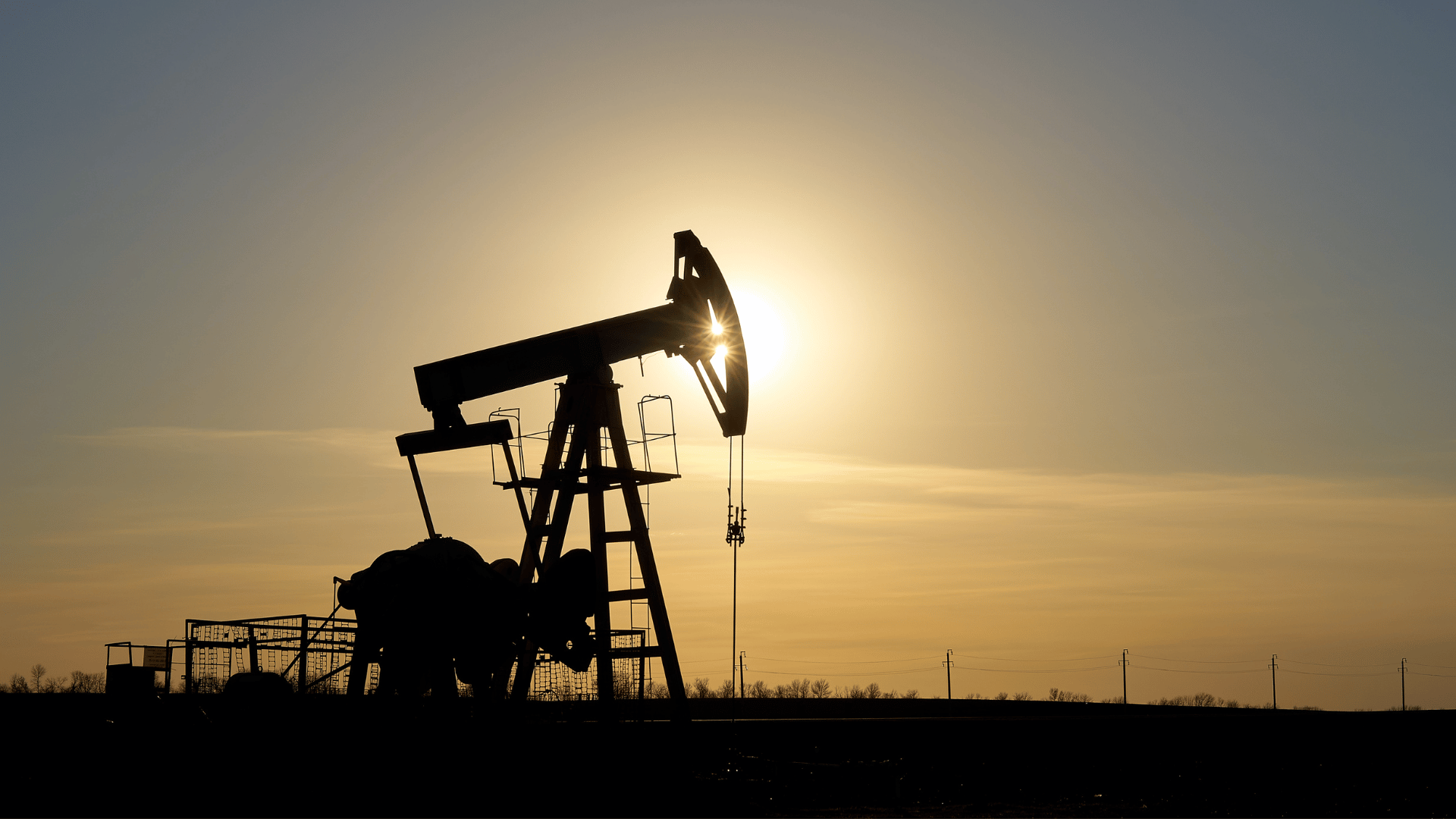Methane Emissions Reduction for Oil and Gas Production
Pinpoint leaks. Prioritize repairs. Prove results.

Trusted by Industry Leaders






Methane leaks can happen fast—find and fix them faster.
Bridger makes it simple to fix leaks safer, more efficiently, and more effectively than ever before. Our data pinpoints leaks with industry-leading sensitivity, directing crews to the source.
As a client of Bridger Photonics, you can be confident that you know where your emissions are—and just as importantly, where they are not. Plume imagery, leak location maps, and equipment identification and a best-in-class detection sensitivity ranging from 1-15 kg/hr with a 90% probability of detection, we're here to help you reduce emissions, wherever you're at in your journey.
What to Expect When You Work with Bridger
When you partner with us, we take the complexity off your plate.
We map it.
Simply share the GIS data for the asset locations you’d like us to scan, and we then create tailored flight plans, ensuring we efficiently cover all required areas using our advanced sensors.
We scan it.
Mounted on small aircraft, our Gas Mapping LiDAR sensors detect and quantify methane leaks, capture plume imagery, and log GPS coordinates and aerial photos for every source.
We deliver it.
You get same-day alerts for high-threshold emissions, and full detailed reports including leak rates, source locations, aerial imagery, and gas plume maps to help you better understand your emissions.
Your field crews arrive on site armed with leak sources localized within 2 meters. No wandering, no guesswork. Just focused action. Fast.
Why Production Operators Choose Bridger
Unmatched detection sensitivity
We operate with a detection sensitivity down to 1 kg/hr with >90% probability of detection—performance unmatched in aerial methane monitoring for production operations. That level of sensitivity means more emissions are found, more gas saved, and greater measurable emissions reductions you can prove.
Actionable, prioritized data
We pinpoints leak locations within approximately 2 meters (6 feet), so follow-up crews arrive prepared and repairs are targeted. The data also reveals patterns that may indicate equipment or infrastructure issues, helping you fix root causes.
Certification and compliance made simple
Meet requirements for reporting and certification programs such as OGMP 2.0 Level 4 and Level 5, MiQ, and use us as an approved advanced technology under the EPA’s OOOOb/OOOOc methane regulations.
Ready to Reduce Your Methane Emissions?
Our commitment to technical excellence, integrity, and honesty means we’ll give you the best data and the clearest path forward. No wasted time, no unnecessary site visits, and no inflated promises.
Talk to an Expert
Let’s talk about how GML can help you cut emissions, reduce lost product, and meet regulatory and certification requirements.